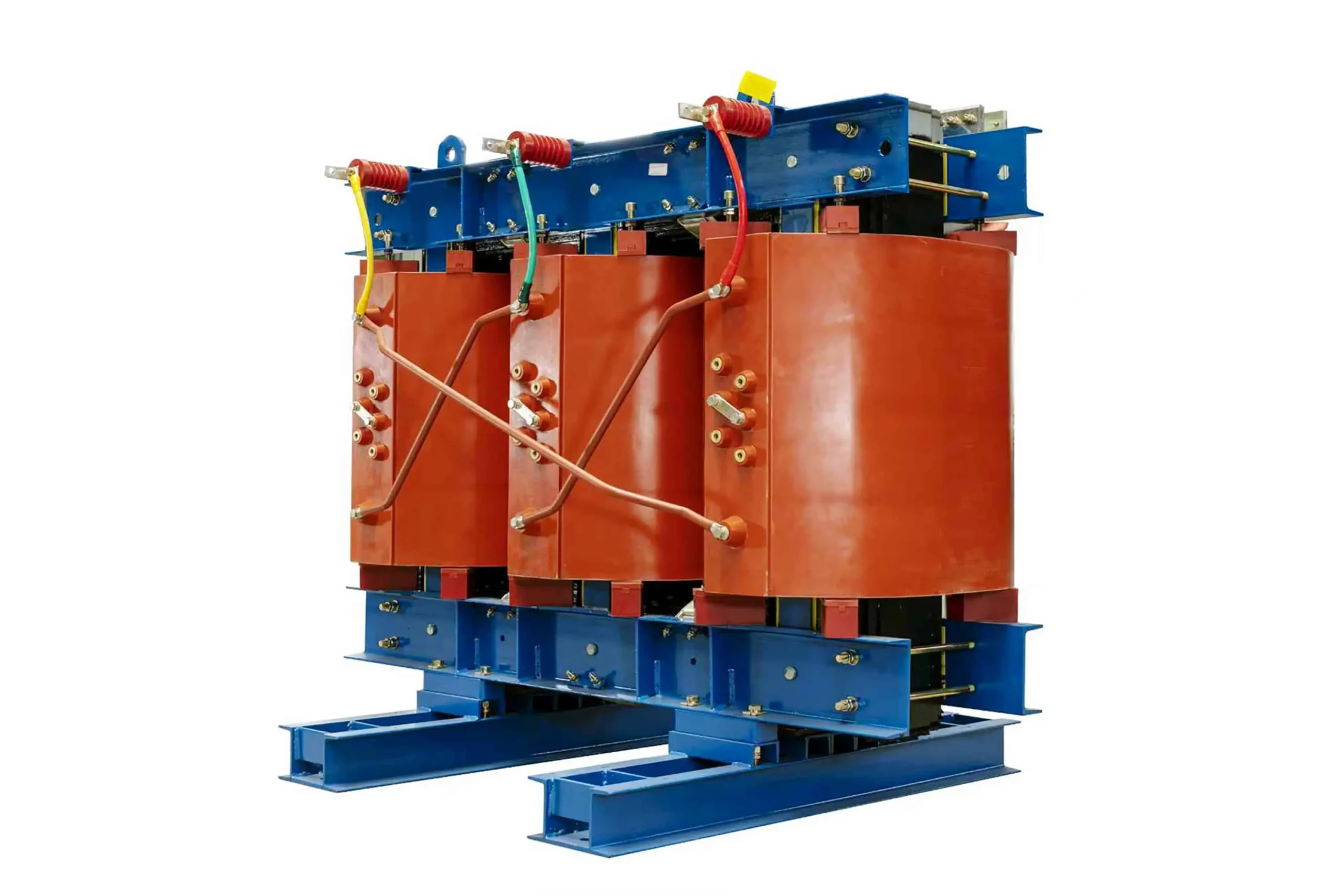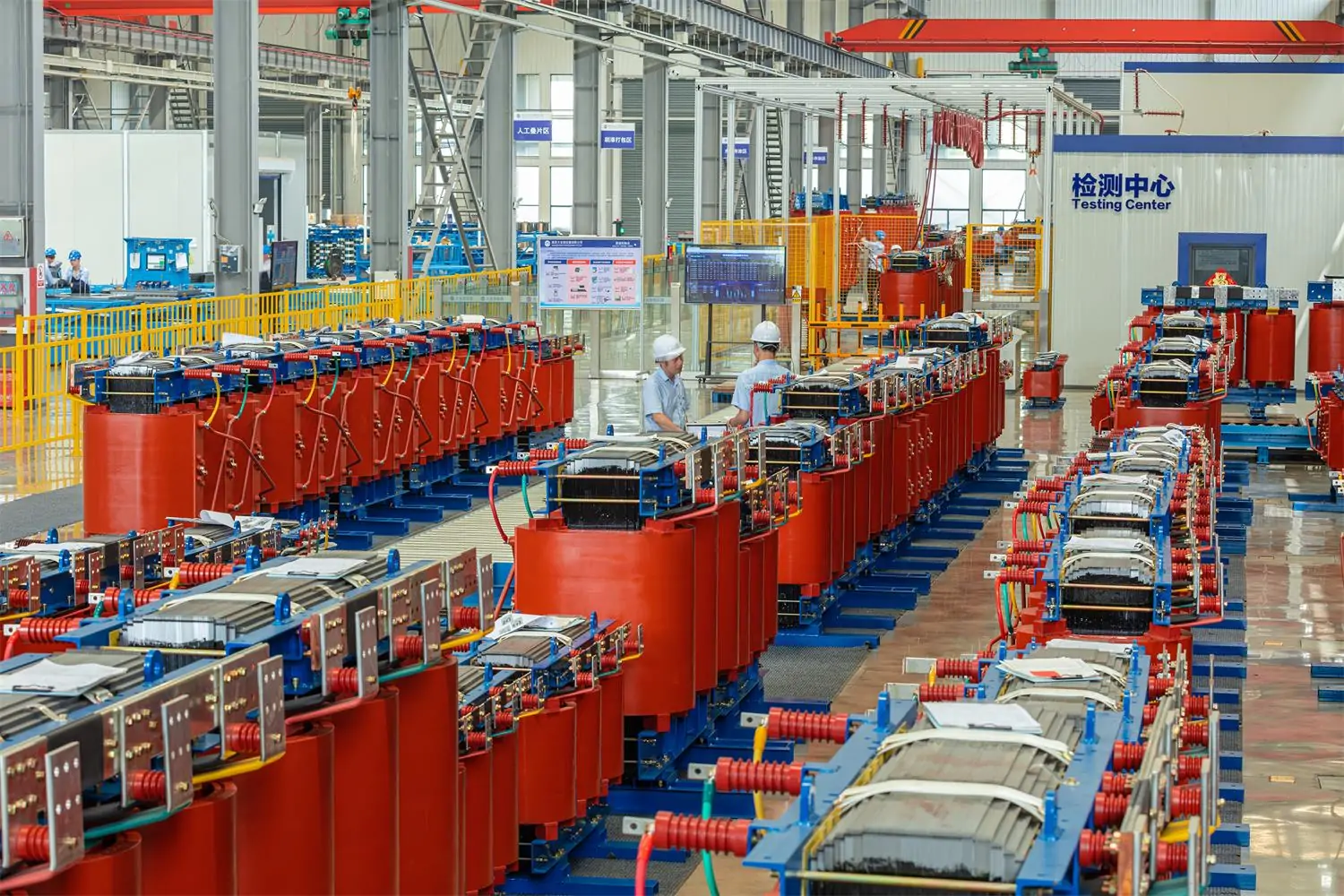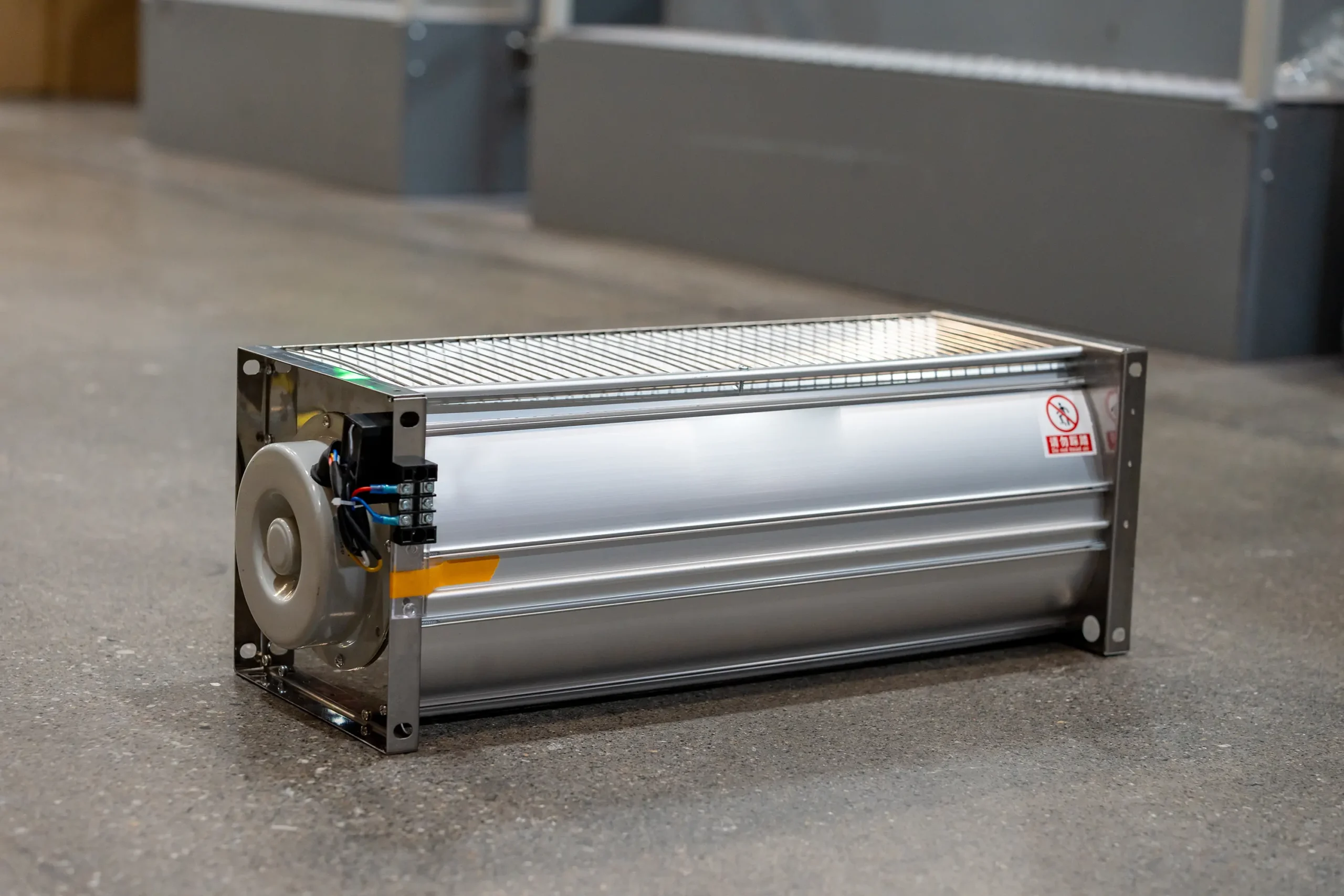Understanding the temperature rise in dry-type transformers is crucial for ensuring optimal performance and longevity. In this article, we will delve into the factors affecting transformer temperature, the methods for calculating temperature rise, and the best cooling techniques to manage thermal efficiency.
Transformer temperature rise refers to the increase in temperature experienced by the transformer as it operates. It’s a crucial factor because excessive temperatures can degrade the transformer’s insulation, thereby reducing its efficiency and lifespan.
Why is Temperature Rise Important?
Temperature rise is a critical parameter in transformer design and operation. It impacts the insulation life, efficiency, and the overall reliability of the transformer. By understanding and managing this rise, you can ensure that the transformer operates within safe temperature limits, thereby enhancing its durability and performance.
Factors Affecting Transformer Temperature Rise
Several factors influence the temperature rise of a dry-type transformer. Here are some of the most significant ones:
Load Levels
The load a transformer carries directly impacts its temperature. Higher loads lead to increased current flow, which generates more heat. Therefore, it’s essential to monitor and control load levels to manage temperature rise effectively.
Ambient Temperature
The surrounding environment plays a significant role in the transformer’s temperature. Higher ambient temperatures contribute to an increased overall transformer temperature, which can affect its efficiency and performance.
Cooling Methods
Different cooling methods are used to dissipate heat in transformers. These include natural air cooling, forced air cooling, and more advanced techniques like liquid cooling systems. Each method has its advantages and is selected based on the specific requirements of the transformer.
Transformer Design
The design of the transformer itself, including the materials used and the construction, influences its temperature rise. Efficient design can help in better heat dissipation and minimize temperature increase.
Calculating Temperature Rise in Dry-Type Transformers
The temperature rise in dry-type transformers can be calculated using several methods. Here, we will discuss a standard approach to understand this process better.
Basic Calculation Method
The basic formula for calculating temperature rise is:
Temperature Rise=Total Losses×Thermal Resistance
Where:
- Total Losses include both core losses and copper losses.
- Thermal Resistance is the transformer’s resistance to heat flow.
Step-by-Step Calculation
- Determine Total Losses: Calculate the sum of core losses and copper losses. Core losses are related to the transformer’s magnetic field, while copper losses are due to resistance in the winding.
- Measure Thermal Resistance: This can be determined from the transformer’s design specifications or through thermal testing.
- Apply the Formula: Multiply the total losses by the thermal resistance to find the temperature rise.
This calculation helps in predicting the thermal performance and ensuring the transformer does not exceed its temperature limits.
Managing Transformer Temperature Rise
Managing the temperature rise is essential for maintaining transformer efficiency and longevity. Here are some strategies for effective temperature management:
Implement Effective Cooling Methods
Using appropriate cooling methods can significantly reduce temperature rise. For instance, forced air cooling can be more effective than natural air cooling in high-load scenarios.
Regular Maintenance and Monitoring
Regularly checking the transformer’s temperature and performing necessary maintenance can help in early detection of potential overheating issues, ensuring timely interventions.
Optimize Load Management
Balancing the load and avoiding overloading can prevent excessive temperature rise and ensure efficient transformer operation.
Conclusion
Temperature rise in dry-type transformers is a critical parameter that affects their performance, efficiency, and lifespan. By understanding the factors influencing temperature rise and implementing effective management strategies, you can ensure your transformer operates within safe limits. Regular monitoring, efficient cooling methods, and optimal load management are key to minimizing temperature-related issues and maximizing transformer efficiency.






